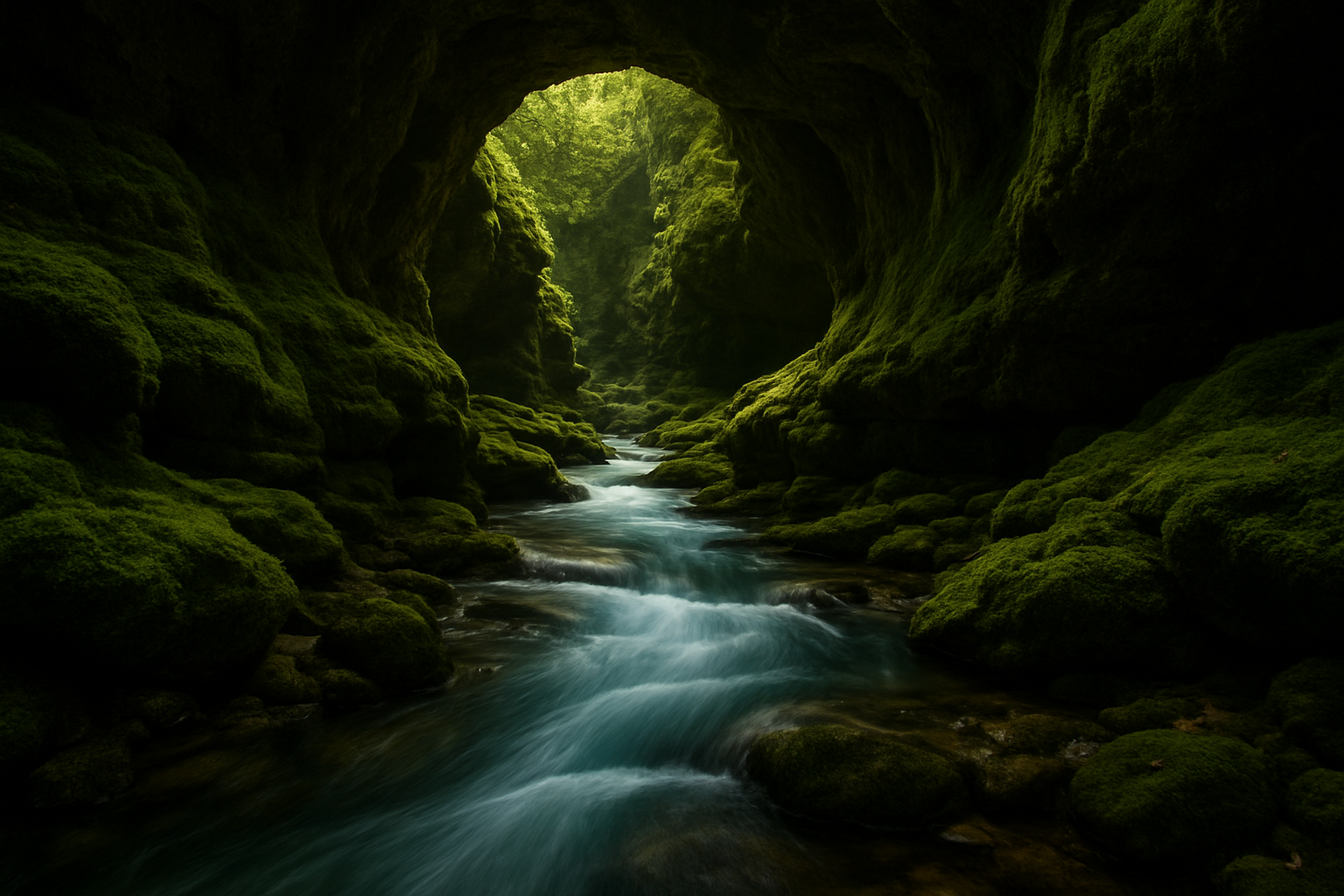Unseen Rivers: Following the Hidden Flow Beneath All Things
Water, nature’s vital lifeblood, is often celebrated for its majestic lakes, vast oceans, and sprawling rivers. Yet, beneath this visible splendor lies a network of hidden waterways, quietly sustaining ecosystems and civilization alike. These unseen rivers flow beneath the very earth we tread, shaping landscapes in ways often unnoticed by the untrained eye.
The Mystery of Subterranean Waterways
Below the surface of our planet, intricate networks of aquifers and underground rivers play crucial roles in maintaining ecological balance. These hidden channels form through a natural process called karstification, where the dissolution of soluble rocks like limestone creates vast voids and cavities. As time progresses, these void spaces evolve into conduits for water flow, silently carrying resources essential for life above.
“[Karst aquifers] provide approximately 25% of the world’s population with water for drinking, irrigation, and other uses. They are among the most productive but also the most vulnerable groundwater systems. Karst areas host many of the planet’s most fragile and unique ecosystems.”
Ecological Significance
The significance of these unseen rivers extends beyond mere geology. They serve as vital reservoirs, ensuring freshwater supply during dry periods. Moreover, they support a host of unique ecosystems home to species uniquely adapted to these dark, nutrient-rich environments.
- Unique Habitats: Subterranean environments nurture specialized life forms, including rare fungi and cave-dwelling invertebrates.
- Ecological Connectivity: During times of drought, these hidden reserves become lifelines, supporting surface water bodies and maintaining ecological continuity.
- Natural Filtration: As water percolates through soil and rock, it undergoes natural filtration processes, which help purify it before surfacing.
Human Dependence on Hidden Waters
On a human scale, unseen rivers bear significant responsibilities. They underpin agricultural systems, supply drinking water, and drive industrial processes worldwide. An estimated two billion people rely on groundwater, including aquifers fed by these hidden channels. Their importance is particularly pronounced in arid regions where surface water is scarce.
“Groundwater is critically vital for food production, with approximately 38% of irrigated land worldwide depending on it. As food demand escalates, there’s increased pressure on these hidden sources.”
The Perils Facing Hidden Rivers
Despite their importance, these subterranean systems face a host of threats stemming from human activity and climate change:
- Pollution: Agricultural run-off, industrial waste, and toxic spills contribute to groundwater contamination, jeopardizing both ecosystems and human health.
- Unsustainable Extraction: Excessive extraction for agricultural and urban needs leads to aquifer depletion, causing issues like land subsidence.
- Climate Change: Altered precipitation patterns disrupt the natural recharge of aquifers, threatening their long-term viability.
Efforts to protect these unseen rivers are mounting, but progress is slow amidst the competing demands and pervasive impact of human development.
Exploring and Mapping the Unseen
Advancements in technology are shedding light on this hidden world. With tools like ground-penetrating radar and LiDAR, scientists are uncovering more about the extent and characteristics of these subterranean networks.
Maps and models of ancient underground aquifers like the Great Artesian Basin in Australia or the Ogallala Aquifer beneath the American Great Plains help better understand these systems. Not only do they offer insights into their size and scope, but also provide data crucial for water management and conservation efforts.
A Call to Action
Understanding and protecting these hidden rivers is paramount. As climate change intensifies and demands on water resources grow, there is an urgent need for a sustainable approach that considers these subterranean sources. Collaborative international efforts and stricter regulations on groundwater extraction and pollution are vital, along with policies that support scientific research and innovation.
Educating communities about the irreplaceable value of these secret waterways can spur coordinated conservation efforts, fostering a holistic view of earth’s interconnected water systems.
Conclusion
Unseen rivers, those enigmatic and vital layers of our planet’s hydrology, are much more than geological curiosities. They sustain us, provide refuge and habitat for life forms, and carry out natural processes far beyond our typical field of vision. Remembering their importance—and the fragility—reminds us to tread carefully on the surface, forever aware of the hidden worlds that lie beneath.


